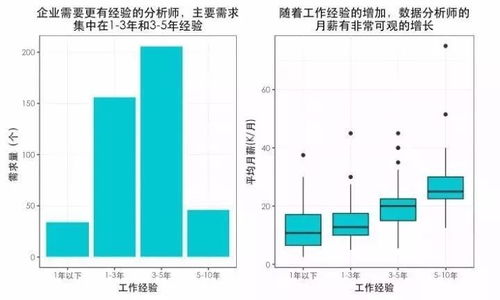这篇文章主要介绍了在PostgreSQL中设置表中某列值自增或循环方式,具有很好的参考价值,希望对大家有所帮助。一起跟随小编过来看看吧。
在postgresql中,设置已存在的某列(num)值自增,可以用以下方法:

//将表tb按name排序,利用row_number() over()查询序号并将该列命名为rownum,创建新表tb1并将结果保存到该表中
create table tb1 as (select *, row_number() over(order by name) as rownum from tb);
//根据两张表共同的字段name,将tb1中rownum对应值更新到tb中num中
update tb set num=(select tb1.rownum from tb1 where tb.name = tb1.name);
//判断表tb1的存在并删除表
drop table if exists tb1;
在postgresql中,循环设置已存在的某列(num)值为0-9,可以用以下方法:
//将表tb按name排序,利用row_number() over()查询序号并将该列命名为rownum,创建新表tb1并将结果保存到该表中
create table tb1 as (select *, row_number() over(order by name) as rownum from tb);
//根据两张表共同的字段name,将tb1中rownum对应值更新到tb中num中,由于为0-9循环自增,则%10
update tb set num=(select tb1.rownum from tb1 where tb.name = tb1.name) % 10;
//判断表tb1的存在并删除表
drop table if exists tb1;
其它:附录一个postgresql循环的写法(与上文无关)
do $$
declare
v_idx integer :=0;
begin
while v_idx < 10 loop
update tb set num = v_idx;
v_idx = v_idx + 1;
end loop;
end $$;

补充:postgreSQL SQL语句创建自增表
方法一:postgreSQL通过将字段类型设置为serial来将表设计为自增表
CREATE TABLE t_achievement_directory (
id serial8 PRIMARY KEY,
directory_name varchar(255) COLLATE "pg_catalog"."default",
pid int8,
modify_time timestamp(6)
)
;
方法二:GENERATED BY ALWAYS AS IDENTITY 或 GENERATED BY DEFAULT AS IDENTITY
1id int8 NOT NULL GENERATED BY DEFAULT AS IDENTITY
或
1id int8 NOT NULL GENERATED ALWAYS AS IDENTITY

这两种方式的区别在于:
generated always as identity 总是按照(START WITH 1 INCREMENT BY 1)的方式插入数据,并维护索引。即不允许用户向id列指定数据插入。
但是 generated by default as identity 则是在用户不指定id列值的情况下按照(START WITH 10 INCREMENT BY 10)方式插入数据,如果用户指定,则依然按照指定的值插入。
文章来源:脚本之家
来源地址:https://www.jb51.net/article/204352.htm


















